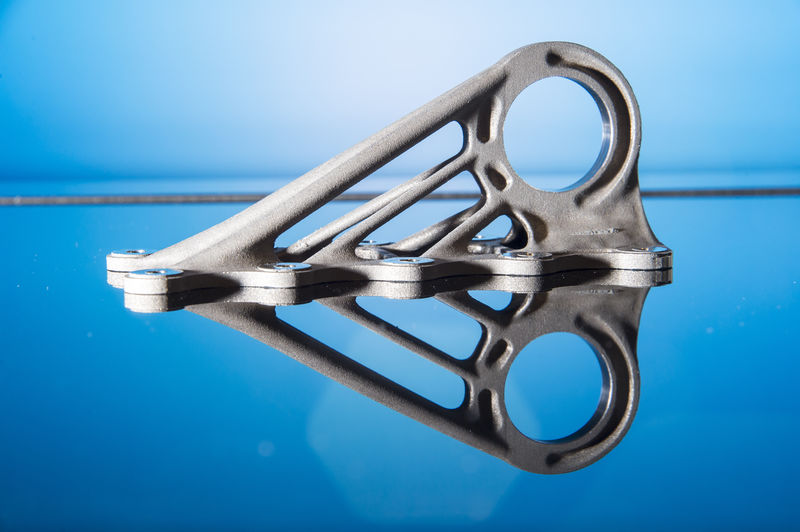3D Printing Aircraft Parts
By on Mar 29th 2016
3D printing is taking the world by storm. From prosthetics to accessories to food, 3D printing (also known as additive manufacturing) seems to be giving the internet the motto -if it can be printed, it will be printed.-
This new wave of industry is proving to be practical (and fun) for both the individual consumer and the industry experts: 3D printing methods provide a means for highly customizable and specialized part production. And if there's one industry where parts matter, it's the aviation industry. Which is why it was only a matter of time for 3D printing and aviation to get together and make great leaps towards furthering innovation.
Doing a quick Google search today will give you quite a few results for "(3D printing) AND (airplane)". Big familiar names pop up, like Airbus, Boeing, Nasa, and GE, all of which are currently working to produce superior parts that benefit from being lighter and more economical. Lighter planes are more fuel efficient, and there is always benefit from being less wasteful.
Out of all industrial giants pioneering the 3D printing market, perhaps none is more prominent than Airbus. Currently the Airbus Group is utilizing 3D printing in many of their projects to develop and produce prototypes and series components.
3D printing is the dream of any engineer, you have an idea, you print overnight and the next morning you have a new part in your hands.
--Rainer Rauh, Global Innovation Manager at Airbus Group's Corporate Technical Office
The speed to which prototypes can be printed and tested is particularly beneficial in an industry which is in constant demand for technological innovation and the perfection of design. When every component counts, every part needs to be just right. And being able to test those prototype parts for functionality sooner rather than later benefits everyone in the industry.

3D printed airplane part (source: Airbus)
Airbus is far from limited limited to hypothetical designs and prototypes: some planes from Airbus' mighty fleet already contain 3D-printed parts. The newer Airbus A350 XWB commercial jet, for example, contains more than 1,000 printed parts manufactured by Stratasys. These parts were manufactured ULTEM™ 9085 resin, a certified Airbus material that provides strength while remaining lightweight.
A little later to the 3D-printing party, perhaps, but no less capable, GE Aviation will be introducing -the first 3D-printed parts in an aircraft engine platform- sometime this year. According to GE, each of the new CFM LEAP engines (produced in conjunction with Snecma), will contain 19 3D-printed fuel nozzles in the combustion system. Due to the nature of the design, these parts, manufactured for highest performance possible, could not be made any other way apart from 3D printing.
Advances in laser technology and machines are increasing the capabilities of 3D printing; with every advancement in additive manufacturing comes the added benefit of expanded possibilities for aviation technological advancement. And while the aviation industry might not have taken to 3D printing as quickly as other fields, the work and research by companies like Airbus and GE suggest that the only place left to go from here is up.







